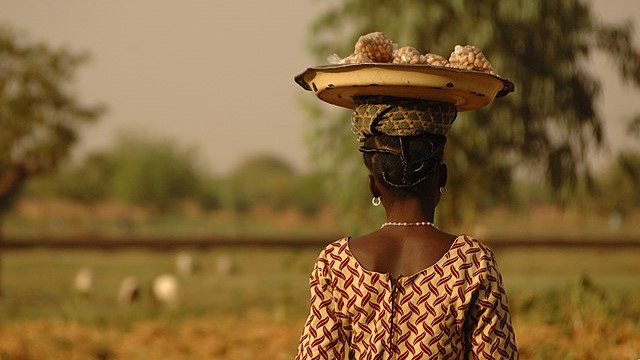In the geographic heart of West Africa lies Burkina Faso, a landlocked nation whose understated presence belies a deep cultural wealth and striking landscapes. While it remains far from the continent’s busiest tourist circuits, its blend of tradition, artistry, and natural beauty offers a distinctive portrait of a country rooted in heritage yet alive with contemporary energy.
Ouagadougou: Tradition Meets Modernity
Ouagadougou, the capital—known simply as “Ouaga” to its residents—serves as Burkina Faso’s political and cultural center. Its streets hum with the mingled sounds of motorbikes, market chatter, and music drifting from open-air cafés. The National Museum stands as a repository of the nation’s past, housing collections of carved masks, woven textiles, and archaeological finds that trace centuries of local history.
Markets overflow with color: stalls piled high with vivid Faso Dan Fani cloth, baskets of dried hibiscus flowers, and hand-carved sculptures whose designs reflect both modern creativity and ancestral traditions. As evening falls, Ouagadougou’s nightlife takes shape in courtyards and music halls. The city’s jazz scene, infused with traditional rhythms, draws musicians and audiences into a dialogue between past and present.
Bobo-Dioulasso: The Cultural Heart
A few hundred kilometers to the southwest, Bobo-Dioulasso greets visitors with a slower pace but an equally vibrant artistic pulse. The city’s Grand Mosque—its mud-plastered walls crowned with wooden beams—is a landmark of Sudano-Sahelian architecture and a focal point for the surrounding community.
Music defines life in Bobo. From informal gatherings in shaded courtyards to large-scale festivals, rhythm and movement are constants. Every two years, the Semaine Nationale de la Culture transforms the city into a stage for traditional dance, drumming, and artisanal exhibitions, bringing together performers from across the country to celebrate the breadth of Burkinabé cultural expression.
Landscapes of Stone and Water
Burkina Faso’s natural geography shifts dramatically from one region to another. In the southwest, the Sindou Peaks rise in weathered formations—columns and ridges shaped over millennia. Nearby, the Karfiguéla Waterfalls spill in white cascades into shaded pools, a favored retreat during the height of the dry season.
To the east, the wildlife of Arli and W National Parks moves through landscapes that range from savannah to riverine forest. Elephants, lions, antelope, and hippos share these habitats with an array of bird species, offering opportunities for safaris in an uncrowded, less commercial setting.
Traditions in Motion
Burkina Faso’s cultural richness stems from the diversity of its more than 60 ethnic groups. The Mossi, the largest, maintain elaborate ceremonial traditions, including dances that mark life transitions and honor ancestors. Among the most visually arresting are the mask dances, in which carved wooden visages—each representing a spirit, animal, or historical figure—come alive in sweeping, symbolic movements.
Across the country, craftwork remains integral to daily life. Pottery, weaving, and metalwork are not only forms of artistic expression but practical skills, passed down through generations and adapted to contemporary needs.
Sustainability and Community Tourism
Recent years have seen a gradual rise in community-based tourism initiatives. In rural villages, visitors can take part in farming cycles, learn weaving techniques, or join seasonal celebrations. These exchanges allow communities to benefit directly from tourism while maintaining cultural integrity.
Resilience and Welcome
Burkina Faso’s challenges—economic constraints, political instability—are met with a communal spirit often described locally as l’intégrité. Hospitality is not a formality but a social constant; guests are received with warmth regardless of origin. It is in this blend of openness, resilience, and cultural vitality that Burkina Faso’s character emerges most clearly.
From the markets of Ouagadougou to the sandstone ridges of Sindou, from the rhythms of Bobo’s festivals to the quiet of a village courtyard, the country offers a layered experience of West Africa—one that lingers in memory not for its grandeur, but for its humanity.
Meta Description:
Burkina Faso’s culture, landscapes, and traditions reveal a vibrant West African nation balancing heritage, artistry, and natural beauty.
Sources:
- Harsch, Ernest. Burkina Faso: A History of Power, Protest, and Revolution. Zed Books, 2017.
- Haden, Roger. Food Culture in Sub-Saharan Africa. Greenwood Press, 2009.
- Ouédraogo, Boureima. “Tourism and Cultural Heritage in Burkina Faso.” African Studies Review, vol. 63, no. 3, 2020.


